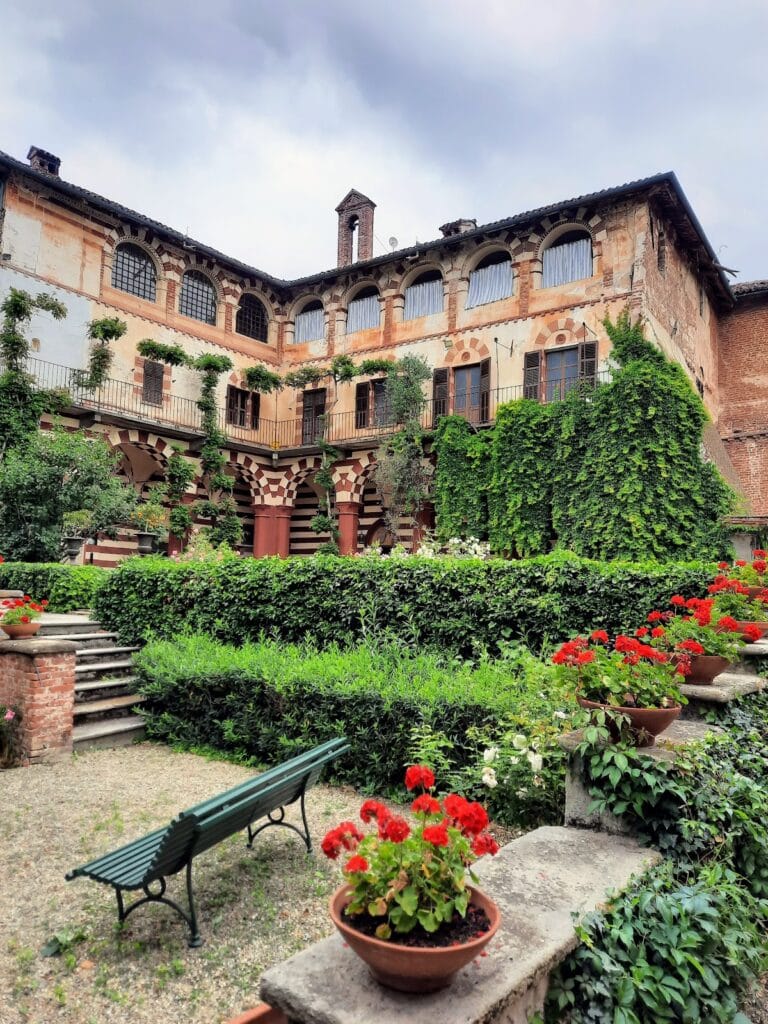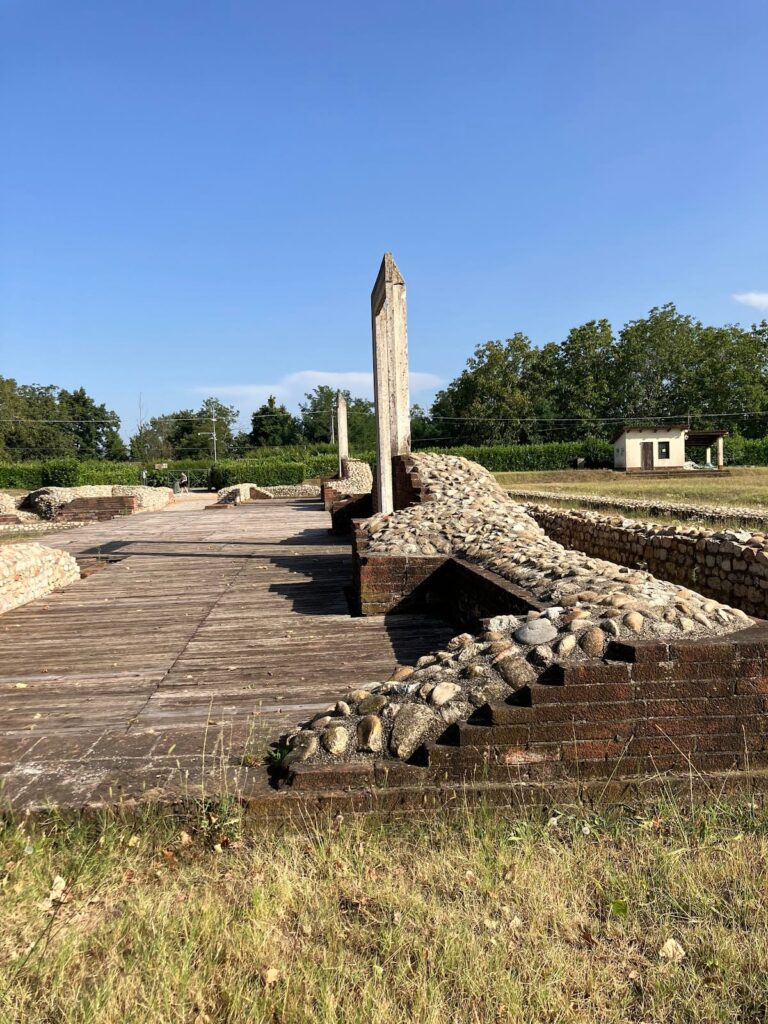Castello della Manta: A Medieval and Renaissance Castle in Italy
Visitor Information
Google Rating: 4.6
Popularity: Medium
Google Maps: View on Google Maps
Official Website: www.fondoambiente.it
Country: Italy
Civilization: Medieval European
Remains: Military
History
Castello della Manta is situated on the hills near the town of Manta in Italy and was originally constructed by medieval builders in the 12th century. The castle arose on the site of an earlier fortification and quickly became an important defensive stronghold within the Marquisate of Saluzzo, a significant regional power. In 1175, it formally entered the holdings of the Marquisate, marking its role in the territorial defense along the Alpine foothills.
During the late 13th and early 15th centuries, the fortress underwent a major transformation under the direction of the Saluzzo della Manta family. This lineage traced its roots to Valerano, the illegitimate son of Marquis Tommaso III of Saluzzo. The family converted the castle from a purely military bastion into a noble residence, expanding and modifying it to suit an aristocratic lifestyle. By the early 1500s, the structure had become a complex suited to high-status living while still reflecting its defensive origins.
Following the end of the Saluzzo della Manta family in the late 1700s, ownership passed through successive noble families including the Radicati, the Provana, and finally the de Rege Thesauro family. After 1793, the castle fell into disrepair. Around 1860, many of the outer defenses were demolished, altering the castle’s original fabric. The 20th century brought renewed interest when in 1984 Countess Elisabetta de Rege Thesauro di Donato Provana del Sabbione donated the property to Fondo Ambiente Italiano (FAI). This act sparked efforts for restoration and preservation, aiming to safeguard the castle’s historical and cultural significance.
Throughout its history, the castle was part of an interconnected line of fortresses that defended the region, including nearby strongholds at Revello, Verzuolo, Costigliole, and Busca. This network was strategically designed to protect the approaches across the Alpine foothills against various military threats.
Remains
The castle complex retains much of its medieval character, centered around buildings that originated from the original 13th-century fortress but were adapted through the 15th and 16th centuries into a noble residence. Despite later alterations and partial demolitions, key parts of the medieval kitchen and the Baronial Chapel, also known as the Sala Baronale, survive largely unchanged since the 1400s.
One of the most remarkable features is the Baronial Hall’s cycle of frescoes dating from about 1420, attributed to an anonymous artist called the “Master of Castello della Manta.” Some scholars suggest this may be Jacquemart de Hesdin or Jacopo Jacquerio. The frescoes depict 18 figures larger than life, representing nine legendary male heroes alongside nine renowned women drawn from classical mythology, biblical stories, and medieval legend. These figures also function as symbolic portraits of the rulers of the Marquisate of Saluzzo and their consorts. The scene unfolds in a formal garden filled with luxurious clothing, heraldry, and a central fountain reminiscent of the mythical fountain of youth, making this cycle a vivid testimony of 15th-century courtly art in the region. Nearly all of these frescoes remain intact today.
Another notable interior room is the Sala delle Grottesche, redecorated around 1560 by Michele Antonio della Manta. This hall features wall and ceiling frescoes alongside stuccoes that blend fanciful landscapes, ruins, and Renaissance architectural motifs. The decorative scheme draws inspiration from the rediscovered frescoes of Emperor Nero’s Domus Aurea, an ancient Roman palace in Rome known for its elaborate painted decorations. This stylistic shift represents the castle’s adaptation to Renaissance tastes under the influence of Mannerism.
Next to the main castle buildings stands the 14th-century chapel of Santa Maria al Castello. Its walls contain frescoes focusing on episodes from the life of Jesus Christ, painted around the same time as the Baronial Hall’s decorations. Within the chapel complex is also a funerary chapel, elaborated in stucco work and Mannerist painting during the mid-1500s, adding to the site’s rich religious and artistic heritage.
The castle grounds include a park laid out in the 16th century, complementing the noble residence. A round tower stands as a surviving element of the original fortifications dating back to the medieval period. Restoration work carried out by FAI since the 1980s has returned much of the castle to its historical appearance, preserving its architectural and artistic features for future generations.










